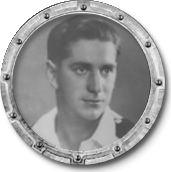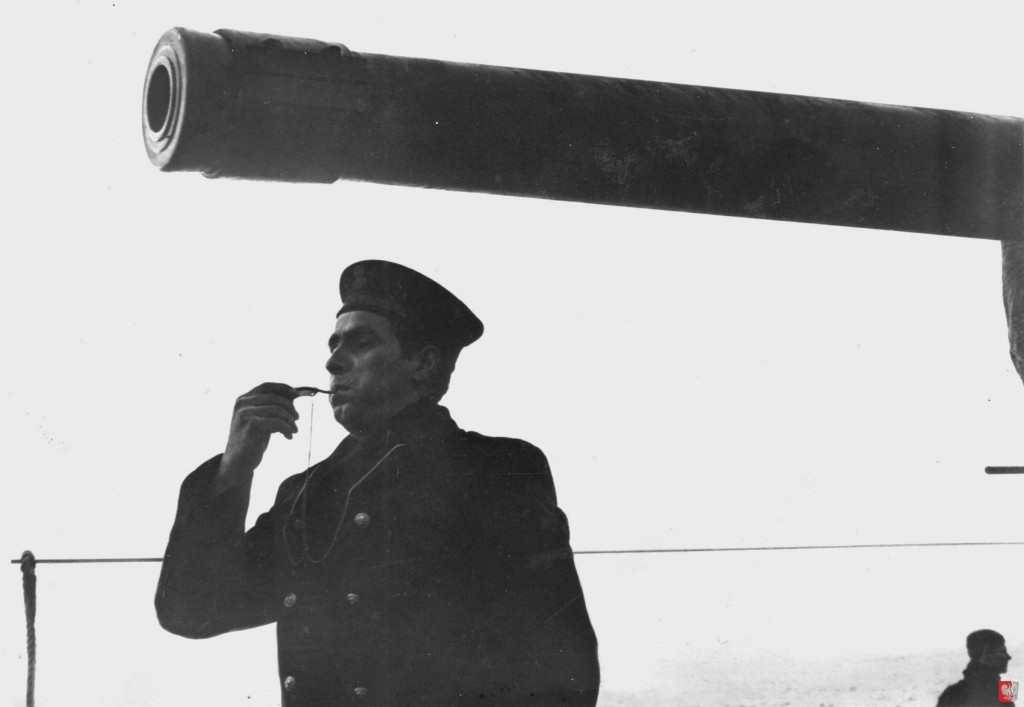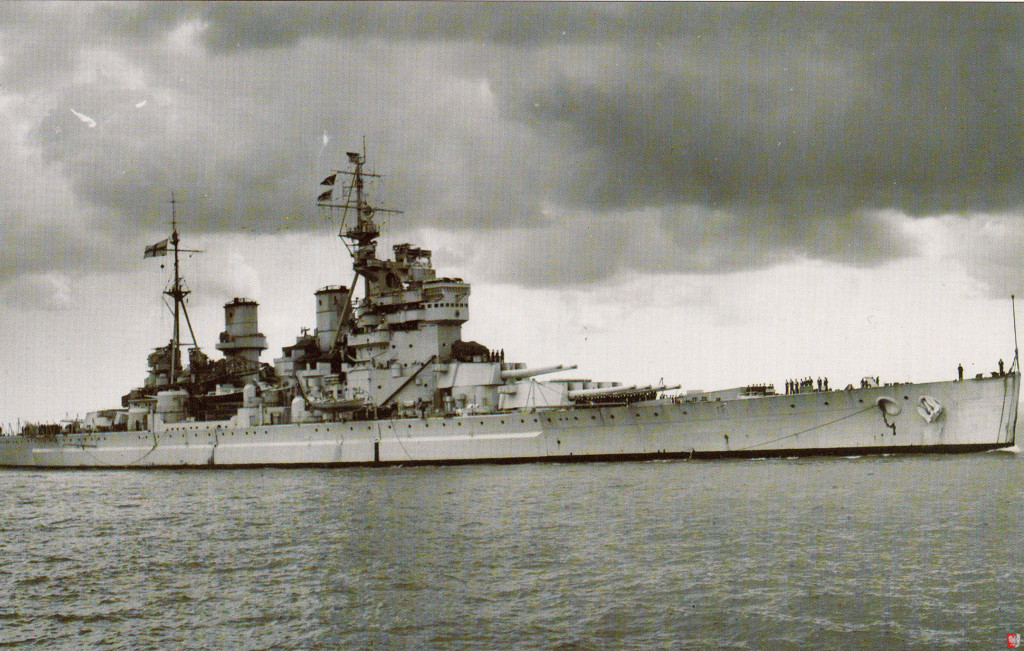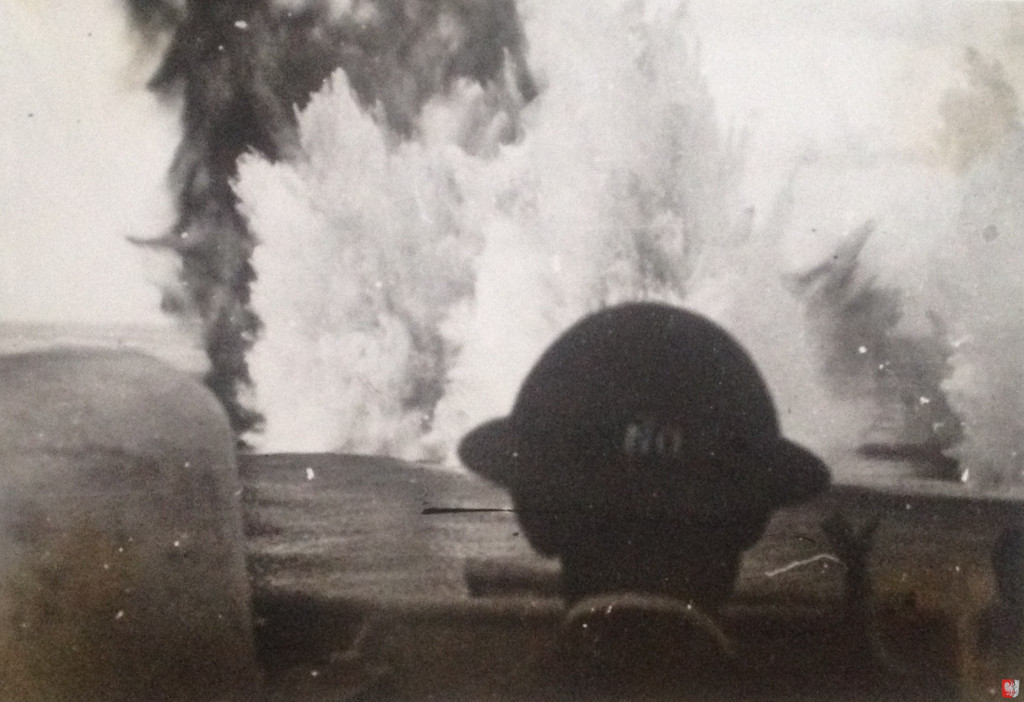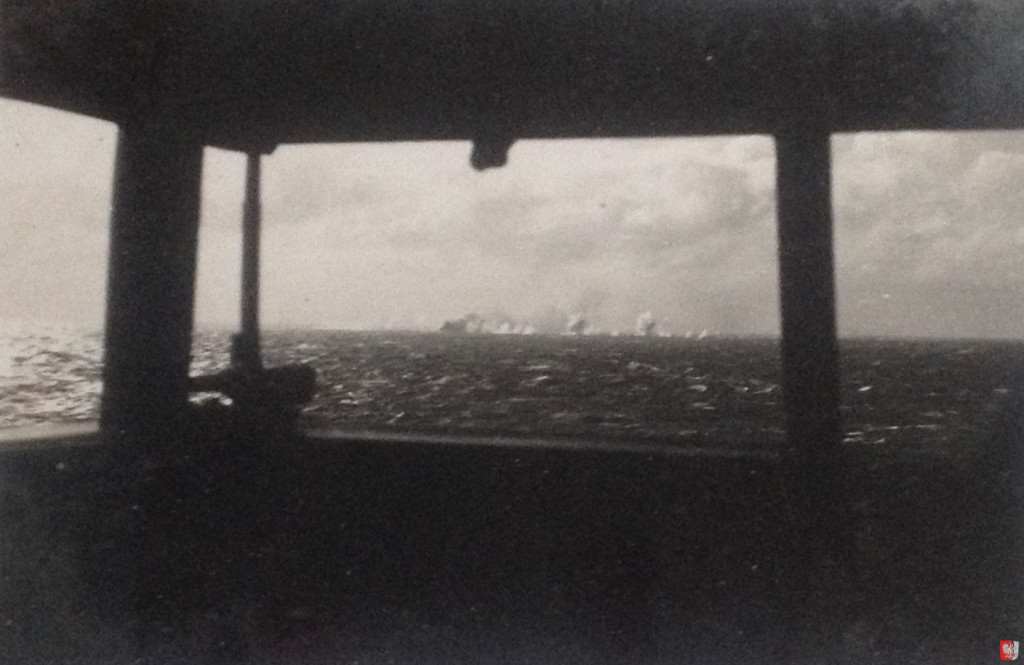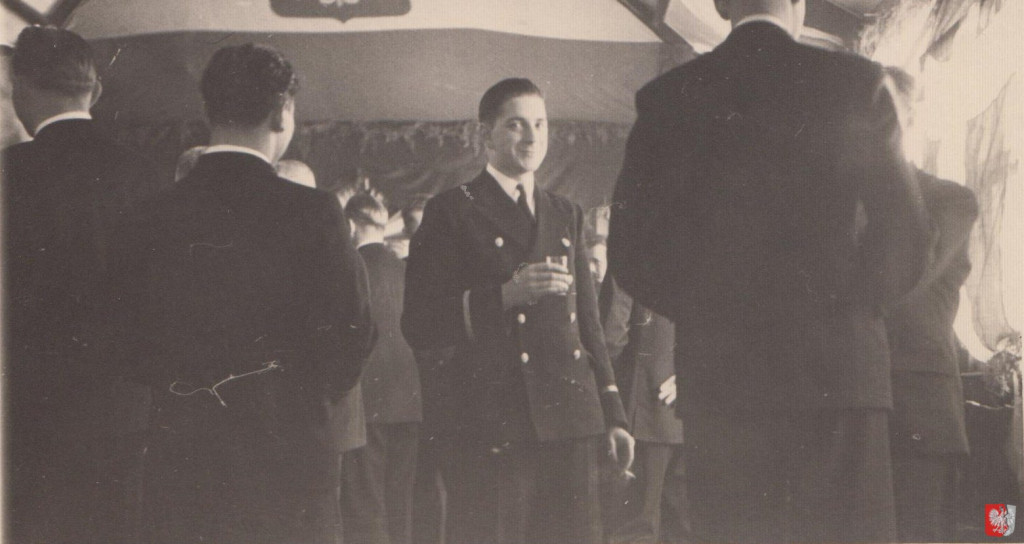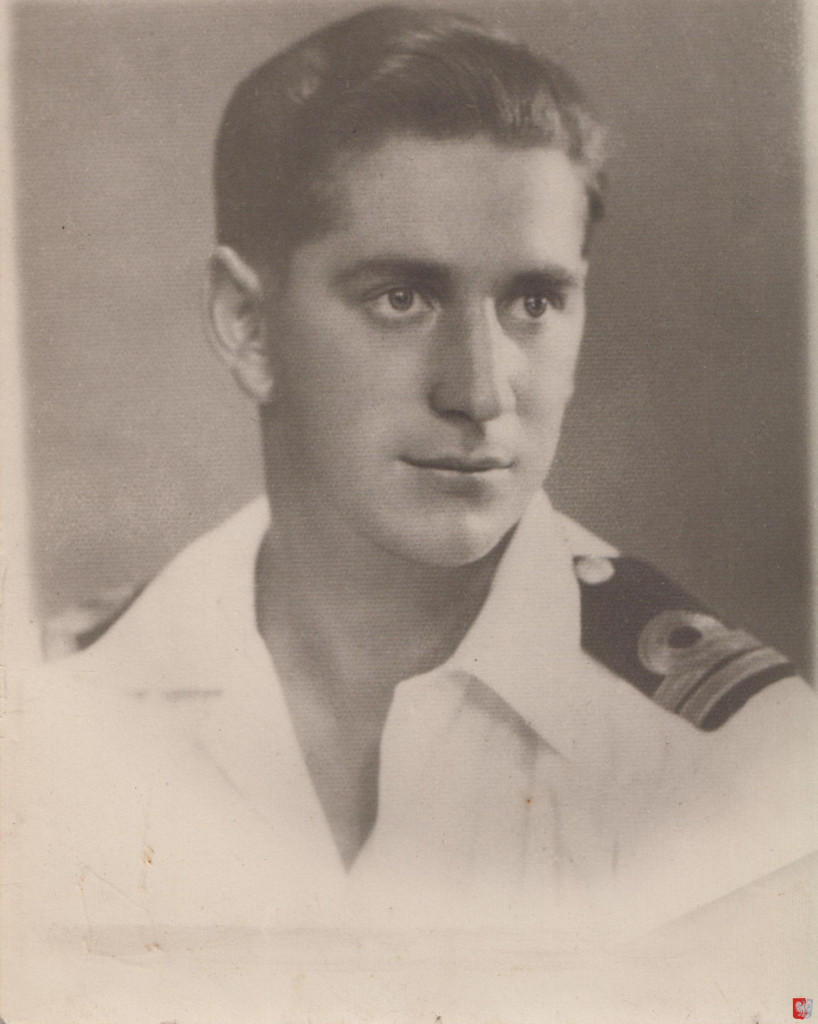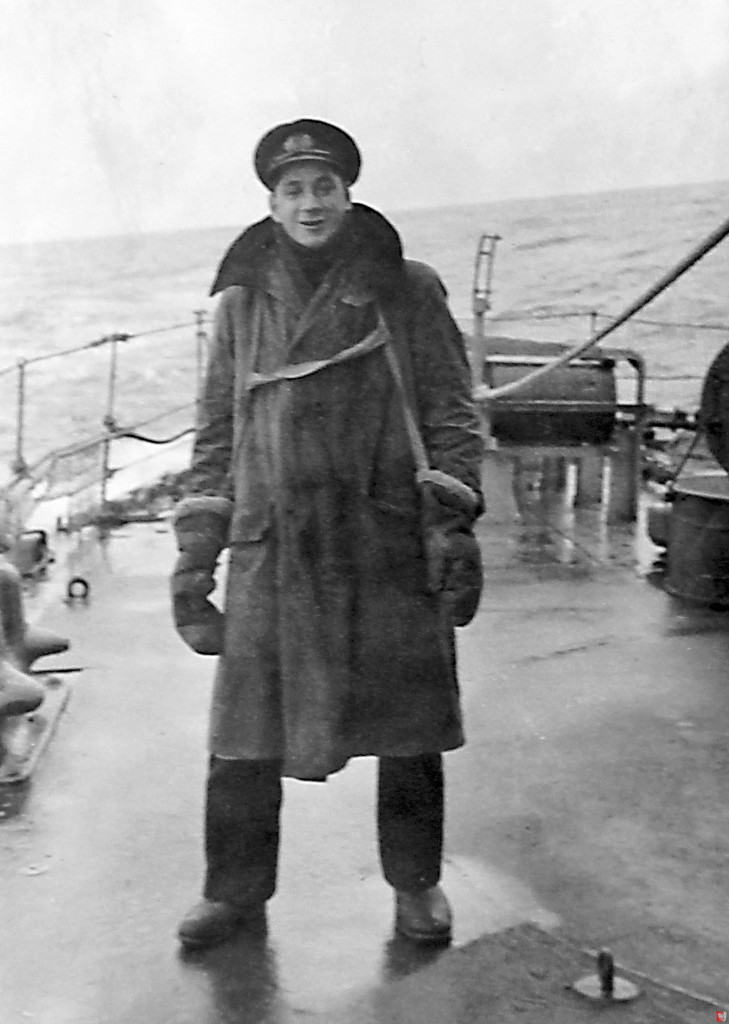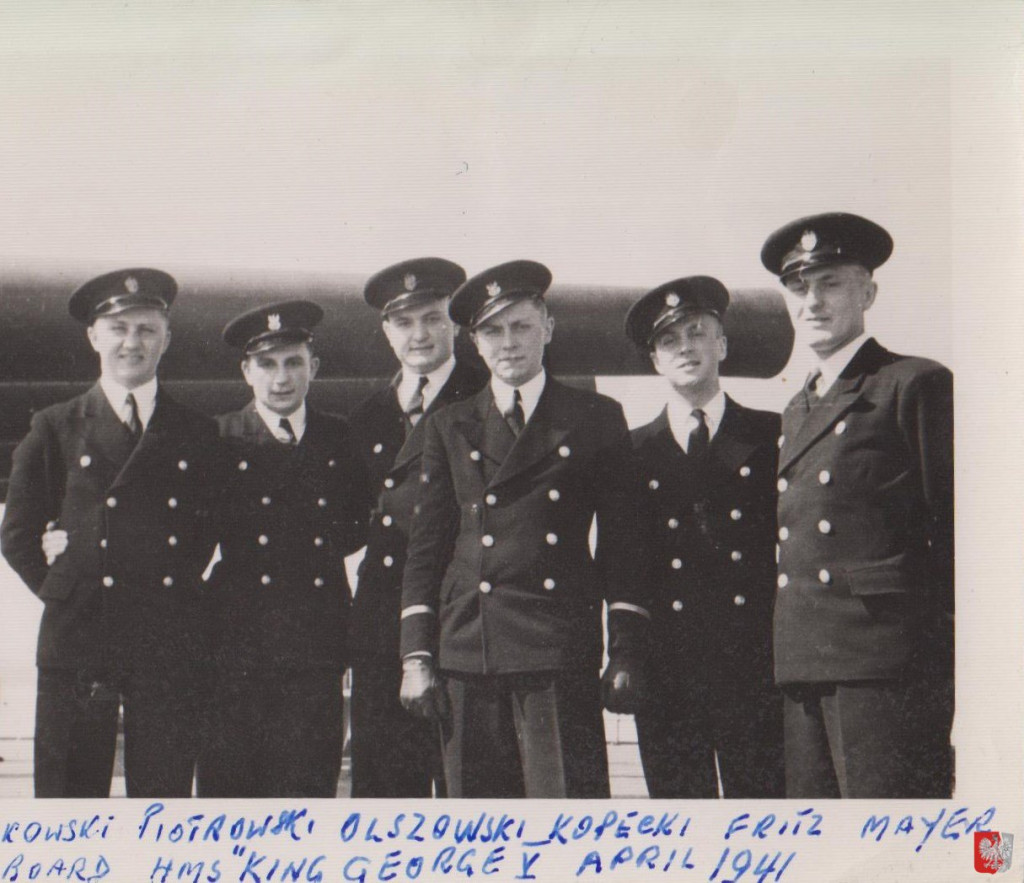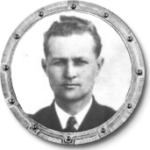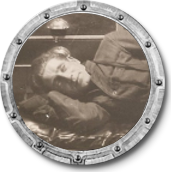
Polish Naval Memories of WWII
Her loss had a profound effect on the British people. After sinking Hood, Bismarck had disappeared in the fog. This spurred a relentless pursuit by the RN involving dozens of warships (including Polish Navy destroyer ORP Piorun). Bismarck was eventually found by the British battleships.
Rodney and King George V both participated in the last battle of the battleship Bismarck.
On the night of 26th May, Bismarck was hit by a single torpedo from a Swordfish (a torpedo bomber biplane) which jammed Bismarck‘s rudder and steering gear 15° to port. This resulted in her being, initially, able to only steam in a large circle. Repair efforts by the crew to free the rudder failed. Bismarck attempted to steer by alternating the power of her 3 propeller shafts, resulted in the ship being forced to sail towards King George V and Rodney, two British battleships that had been pursuing Bismarck from the west. At 23:40, on 26 May 1941, Bismarck sent the signal “Ship unmanoeuvrable. We will fight to the last shell.”
Throughout that night, Bismarck was the target of intermittent torpedo attacks by the tribal-class destroyers. The constant worrying tactics of the British helped wear down the morale of the Germans and deepened the fatigue of an already exhausted crew.
On 27 May 1941, HMS Rodney and King George V drew closer to Bismarck. After they opened fire in the morning Bismarck had returned it. However, her inability to steer and her list to port severely affected her shooting accuracy. Her low speed of 20 km/h also made her an easy target and she was soon hit several times by the large guns directed from the British battleships.
Finally, salvo from Rodney destroyed the Bismarck’s forward control post, killing most of the senior officers, while other salvoes destroyed all four gun turrets. Within 30 minutes, Bismarck‘s guns had all been silenced, and the ship was even lower in the water. HMS King George V fired too. Her fire would strike the Bismarck from a more vertical angle and be more likely to penetrate the decks.
Rather than risk her being captured, Bismarck’s First Officer ordered the men below decks to abandon ship. Most of the crew went into the water, but few sailors from the lower engine spaces got out alive. Bismarck went under the waves at 10:39 that morning.
In her final battle the following morning, Bismarck was neutralised by a sustained bombardment from a British fleet, was scuttled by her crew, and sank with heavy loss of life. Only 110 Bismarck sailors were rescued, the majority of Bismarck‘s 2,200-man crew was abandoned and died in the ocean. Konstanty had a chance to take a photo of sinking Bismarck.
In the meantime the remaining Allied battleships were bombarded by German aircraft. The fog however, secured the ships.
Sub-Lieutenant Eryk Sopoćko from Poland, serving in HMS Rodney, was pleased with the destruction of the German vessel, and mused: ‘Justice, you still exist’.
